Archives
Gerber Bear Grylls Ultimate Pro Review
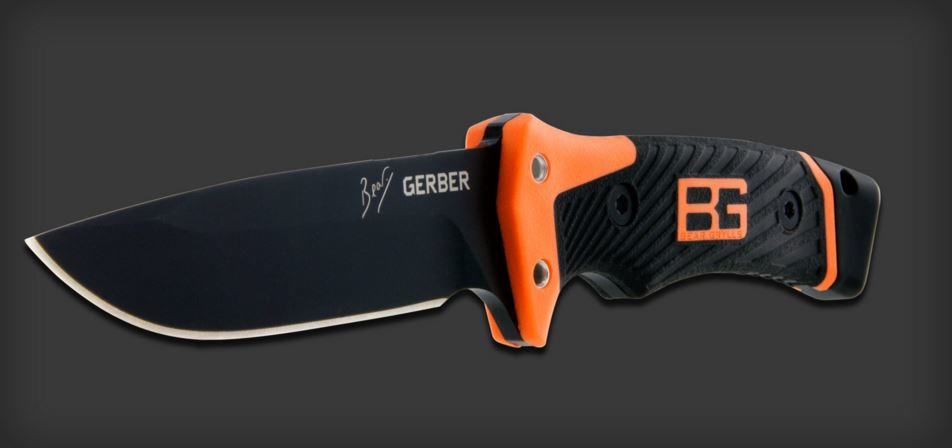
In previous articles, we discussed choosing a fixed blade survival knife. Check them out in the links below:
A knife is one of the more important pieces of equipment you can have with you in a survival situation. As such, a good, survival appropriate, fixed blade knife is your best choice for inclusion in a survival kit or BOB (Bug Out Bag) or equivalent, and/or to be strapped on when an emergency is likely. In this article, we will consider a contender for “Best Survival Knife”.
As mentioned in the general articles, there are two classes of fixed blade knife which can be appropriate for survival scenarios, the “bush” (medium) knife and the “field” (large) knife. This knife belongs to the bush class.
Why did I consider this knife?
Gerber has been around for a while. Joseph R. Gerber started out in 1939 producing handmade cutlery sets for holiday gifts. Obviously, they were wildly popular, quickly causing “Gerber Legendary Blades” to be a major force in the cutlery world. They produce a wide range of knives and tools, as well as other products, being known for quality materials and construction, as well as innovative designs.
Edward Michael “Bear” Grylls is a British adventurer, writer and television presenter, among other things. He is certainly a survival celebrity, but is he a survival “expert”? Many people say yes, a few say no, but nobody can deny he knows a thing or three about survival. It is likely that he has a pretty good idea what goes into a survival knife, but how much input he had into this product is unknown.
As mentioned in the general fixed blade knife articles, a knife called a “survival” knife is sometimes a really bad choice for a survival knife. This knife claims to be the “ultimate” “professional” “survival” knife, designed or at least approved by Bear Grylls. That is an awful lot of hype to live up to. Note that there is an earlier Gerber Bear Grylls Ultimate Survival Knife, with a fairly moderate price; don’t get it confused with this “Pro” model. That one allegedly does not have a full tang, so could not honestly be called a “survival” knife, and with apparently low grade steel, doesn’t come close to living up to “ultimate” either.
I took the name as a challenge. We will look at this knife to if it is worthy of the names “Gerber” and “Bear Grylls”, as well as suitable for survival at an “ultimate professional” level.
The Specs
| Blade Length | 4.8″ | Overall Length | 10″ |
| Blade Width | 1 1/4″ | Weight (Knife Only) | 9.7 oz |
| Blade Steel | 9Cr19MoV | Grip Material | TPE Overmold (Rubber-like) |
| Blade Shape | Drop Point | Guard Type | Half, Molded into the grip |
| Blade Grind | Saber | False Edge | Yes |
| Blade Thickness | 0.18″ | Spine “Jimping” | No |
| Choil | Yes | Lanyard Hole | Yes |
| Made in | Unknown |
Special Features: Non-reflective coating on blade, Whistle on lanyard, Hammer pommel, Ferro rod, carbide sharpener and survival pamphlet in sheath,
Initial Impressions
The knife and sheath look quite good at first glance, but they do have some flaws upon closer examination. The knife has the finger choil with the blade edge running into it, which gives you the benefit of both types of choil, but would seem to increase the odds of slicing your own finger. There is a nice thumb ramp, but the ridges are so smooth, there is very little resistance to the thumb slipping forward. The sheath seems excellent, until you turn it over and look at the belt loop. Merely a strip of 1″ webbing, sewn to the sheath.
So much for the “bad”. Slip resistance is very good, except for the thumb ramp, and is pretty good with the hand wet and not bad with a bit of vegetable oil on the hand. The guard is a superior example of the “built in” or “bolster” type which seems to be prevalent these days. It is comfortable and secure in the hammer, upside down and Filipino grips, comfortable but not secure in the saber grip, comfortable and secure, but risky in the choke grip as mentioned above.
There is a scallop for the forefinger, which makes it slightly uncomfortable but still secure in the reverse grip. The sideways grip is hard to evaluate; with the stock lanyard it is a bit uncomfortable and seems like it might slip; with the lanyard removed or moved from the back corner, it is decent. The lanyard hole is adequate, although the edges are not rounded, so check your lanyard now and again to spot any wear early. Since the lanyard hole is through the metal pommel, chamfering the edges would seem to be impractical. There are two holes through the guard/bolster to help lash it to a spear stave, plus they seem to be involved in retaining the knife in the sheath. They are a bit small for paracord, and modifying them might impact their retention capability.
There is an area of the spine which is quite sharp and without coating, specifically made for use with the Ferro rod.
Balance is fairly far behind the guard, but this appears to be quite common in this class of knife, and I have yet to find a knife where this negatively impacts use of the knife.
The sheath is very heavy duty and durable (except for the belt loop), and retention is fairly good by the sheath alone; in addition, the grip strap closed by a reasonably large piece of Velcro helps it to be better.
It would be a challenge for any knife to live up to this name, and I suspect this one won’t. It still might be a decent survival knife though.
The Steel
This is made of 9Cr19MoV, which is advertised by Gerber as a “premium steel”. It is certainly better than the steel in the non-pro version of the knife. It is, however, a Chinese equivalent of the 440B stainless steel, which is a midrange product. The Chinese version does have slightly better performance due increased amount of Molybdenum in its composition, and addition of very small amounts of Vanadium. Although 0.10% of Vanadium will not affect steel wear resistance in any meaningful way, it does have positive effect on grain refinement, which is always desirable. But 440B and thus this steel, is not generally considered a “premium” steel. It’s best characteristics are a high corrosion resistance and decent toughness, with a bit less brittleness than some other stainless steels.
The knife takes a decent edge, although not as easily as a good carbon steel. Several strokes of the built in carbide sharpener got it sharp enough to easily slice paper and tomatoes. After fifty slices through cardboard it did not suffer any significant ability to slice paper or tomatoes.
To summarize, it appears that the steel has high rust resistance, fairly high strength, good edge capability, moderate ease of sharpening, some resistance to chipping and moderate or better edge holding capability.
Evaluation
General tasks
– Cutting cord – This is often necessary during construction of shelter, fishing, sewing and making snares and traps, as well as other times. As the most commonly available to survivalists, I tried fish line and paracord, as well as 3/8″ Manila and 3/4″ Sisal, just because fish line and paracord would seem to be trivial for any knife worth having. Cutting the fish line was no problem, as was cutting paracord under tension and laying on a flat surface. The knife required some sawing to get through Manila and Sisal; I consider the knife adequate at this task.
– Making notches in branches – This could be required for shelter construction and making snares or traps, as well as other times. This did rather well at this. It seemed to cut with the grain nicely, and was able to make the perpendicular stop cut adequately either by cutting or chopping.
– Trimming/Sharpening/smoothing branches – This would be for shelter construction, as well as making arrows, spears, stakes, walking sticks and even bows. The knife did a pretty good job of this.
– Pounding in stakes – This could be required for making shelters, snares and traps. The pommel of this knife is intended for this purpose, and is big enough, flat enough and textured enough to do it well. Unfortunately, it is not heavy enough to excel. Still, this can be considered an acceptable functionality. And it does an acceptable job on getting nails in far enough to attach a line to.
Firemaking
– Use with a magnesium bar or ferrocerium rod is excellent using the portion of the edge of the spine designed for that purpose; it shaves and sparks quite well.
– Making a “featherstick” for tinder is fairly easy with this knife. It does small curls easily and can do bigger curls if you do your part.
– Drilling a hole (for a fire drill) was pretty easy. The tip is a bit thinner than I like, but should hold up for reasonable uses. Being stainless, I would be careful of unreasonable uses.
– Batoning for access to tinder or making kindling from logs works pretty well. As appears to be typical, this task does leave smudges in the blade coating.
Food Gathering/Preparation
– Use as a throwing knife – A word to the wise, don’t. If you throw your knife, you may not get it back, or it can be damaged, particularly if it is made of stainless steel which is a bit brittle. I did not try throwing this (or probably any stainless knife).
– Use as a spear – Turning your knife into a spear gives you additional reach, but throwing a spear made of a stainless steel knife is more susceptible to damage than is acceptable. Besides, even if the grip panels can be removed, the hammer pommel will still require this to be lashed TO the shaft, which means it will be well off center and throw poorly. However, the extra holes in the bolster help in lashing it to the shaft, although probably not using paracord.
– This chops veggies pretty well and the blade shape should be pretty good for skinning and butchering. It probably would be adequate for filleting as well.
– Digging for grubs and bait. It is hard to imagine anything which can dull or damage a knife quicker than digging with it, and stainless is at risk of chipping if it hits a rock, so I don’t recommend using this knife for digging.
Chopping
– Sticks or fronds – For shelter and other construction, splints and firewood. This did not do great at chopping, but it do a little better than many of the bush knives I’ve tried so far. I’d say it was above average at the for a bush knife.
Defense
– This is not as nimble as some of the knives I’ve tested, but it’s fairly decent and has a better grip than most. The blade length is not optimal, but should be adequate in many cases. With the exception of those using the saber grip, most fighting styles should find this adequate. Of course, there is essentially no protection from an opponent’s blade, but at least there is not a lot of chance of the hand slipping onto the blade.
Sheath
The sheath, as mentioned, is quite impressive. It appears to be thick plastic with a rubber overmold. The blade fits well, with no rattle, in either orientation, which means a left handed carry is just as good as right handed. The Ferro rod appears to be securely held, and the built in sharpener is easy to use, and can be swapped for left handed use. A waterproof “Priorities of Survival” pamphlet is contained in a pocket behind the grip and is removed by pulling on the end of a piece of ribbon. If only it had a good belt loop, it could be considered very good; as it is, that one flaw drags it down to “fair”. One short seam lets loose, and your knife is likely gone. The grip backing looks to be attached by two screws. so perhaps could be replaced with a better carrying option.
If sheath flop is a problem, too bad; there is no way provided to attach a leg tie.
Accessories
It appears there is one maker who may be able to make a custom Kydex sheath.
Price and Availability
The list price of the Ultimate Pro at this point in time is $121.00. You can generally find it on eBay for $70 or so.
It is listed as being in stock at the company, and there are a bunch of people selling it on eBay, as Buy It Now. Alternatively, Amazon has it for an even better price and it is on the Prime program, although tax will be added.
Conclusions
As you might expect, this is by no means the “ultimate” survival knife. It is, however, a decent one. All in all, it is a good example of a bush knife, and would be suitable either on it’s own or as part of a field/bush knife combo. With the exception of the sheath, it does seem to be designed by a survival expert for survival usage. And actually, the only thing “wrong” with the sheath is the pathetic belt loop.
If it were me, I would attempt to make or have made a replacement belt loop portion, or sew a larger, more durable belt loop to the backing plate. That way, I could thread the sheath onto a larger belt, or if the belt would fit through the existing loop, the larger loop would provide a backup if the existing loop let loose.
Also, I would remove the whistle lanyard and replace it with a “real” lanyard. It is great to have a whistle with you at all times, but this one kept getting in my way during testing. Since the fire rod is a bit hard to get out, one option would be to put the whistle lanyard through the lanyard hole of the fire rod. Not only does it get it out of the way of the knife, but it makes the fire rod easier to get out. Of course, it will flop around badly, so a rubber band or other way to fasten it to the sheath should be used.
How to Choose a Survival Knife
Browning Ignite Survival Knife Review
How To Build The Perfect Pocket Sized Survival Kit
-

 Do It Yourself7 months ago
Do It Yourself7 months agoParacord Projects | 36 Cool Paracord Ideas For Your Paracord Survival Projects
-

 Do It Yourself9 months ago
Do It Yourself9 months agoHow To Make Paracord Survival Bracelets | DIY Survival Prepping
-

 Do It Yourself9 months ago
Do It Yourself9 months ago21 Home Remedies For Toothache Pain Relief
-

 Do It Yourself9 months ago
Do It Yourself9 months agoSurvival DIY: How To Melt Aluminum Cans For Casting
-

 Exports8 months ago
Exports8 months agoAre Switchblades Legal? Knife Laws By State

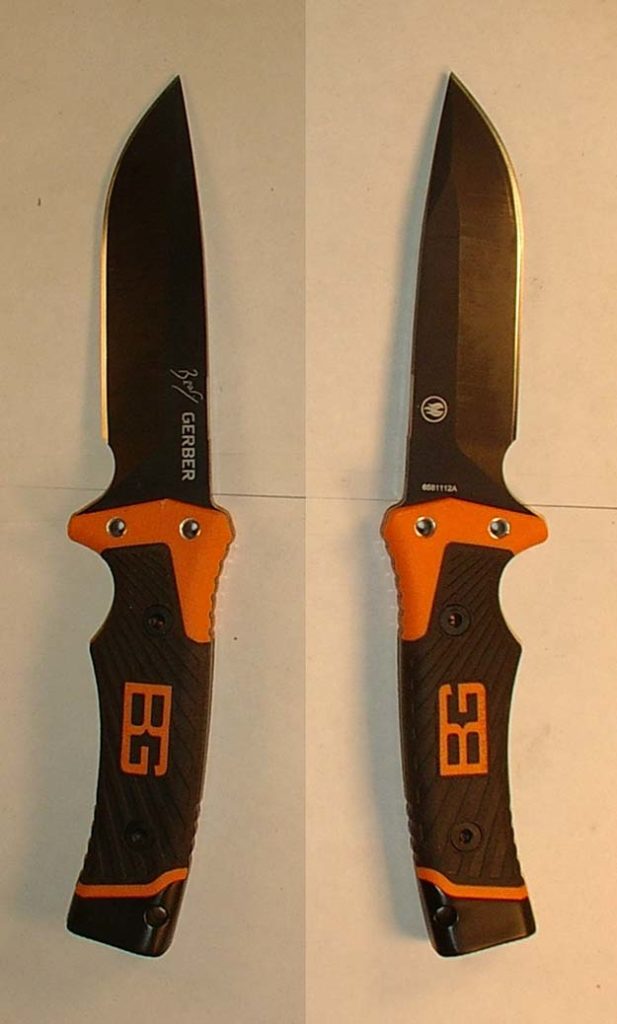
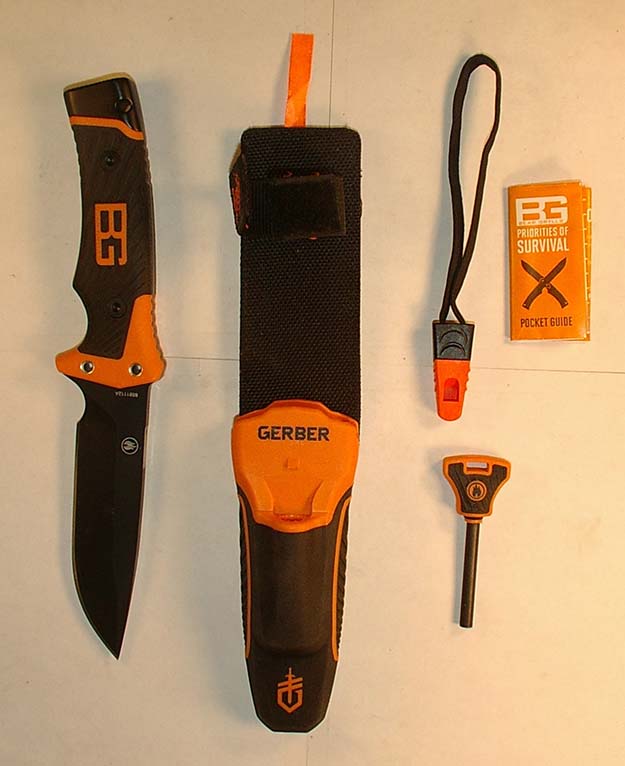
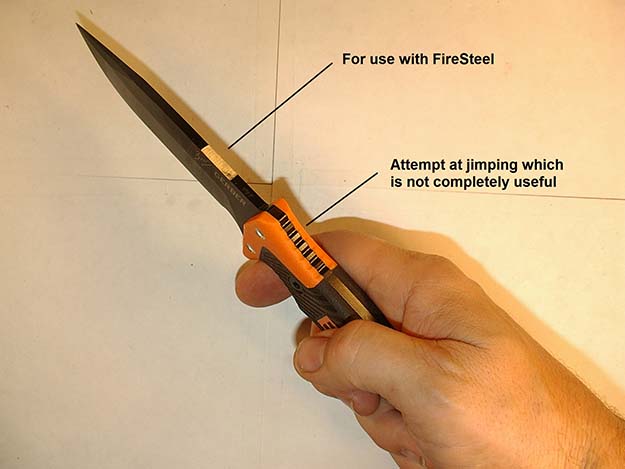
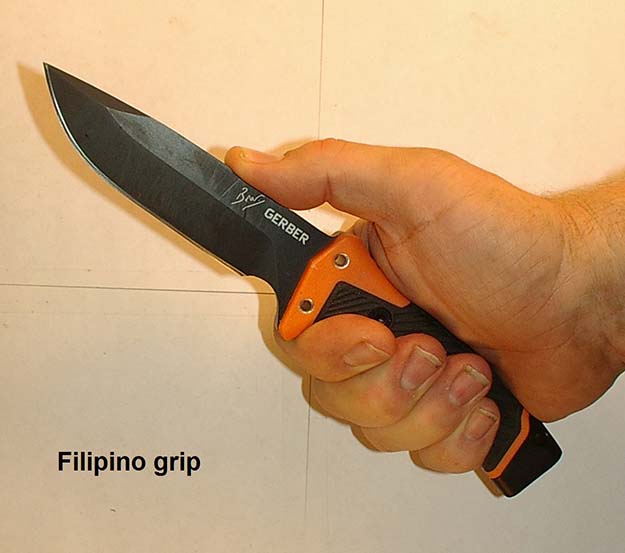
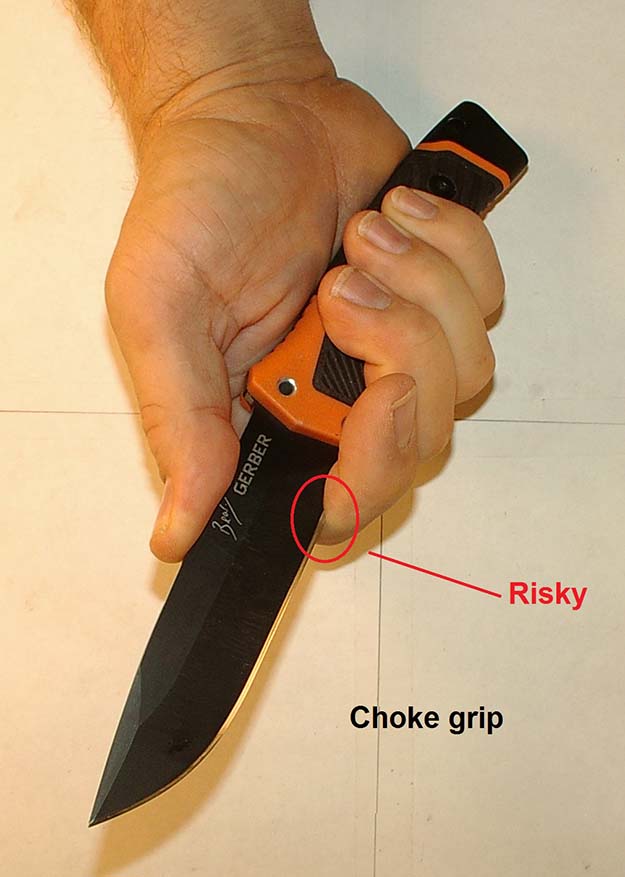
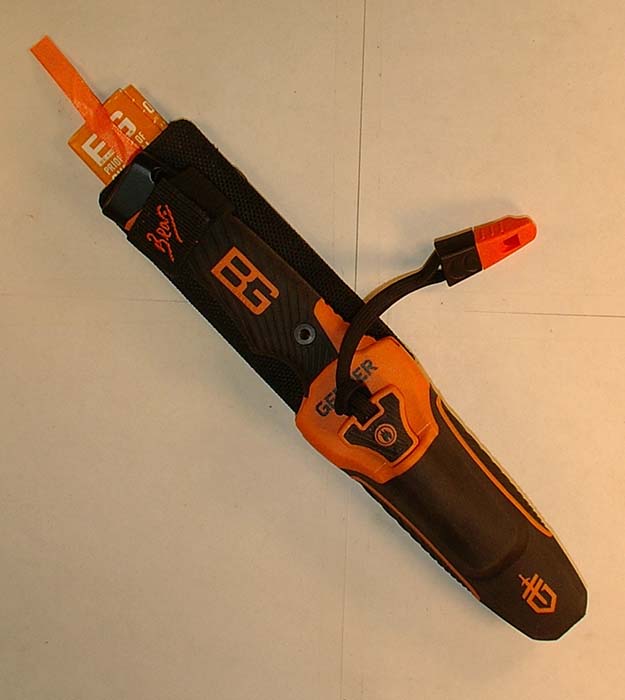
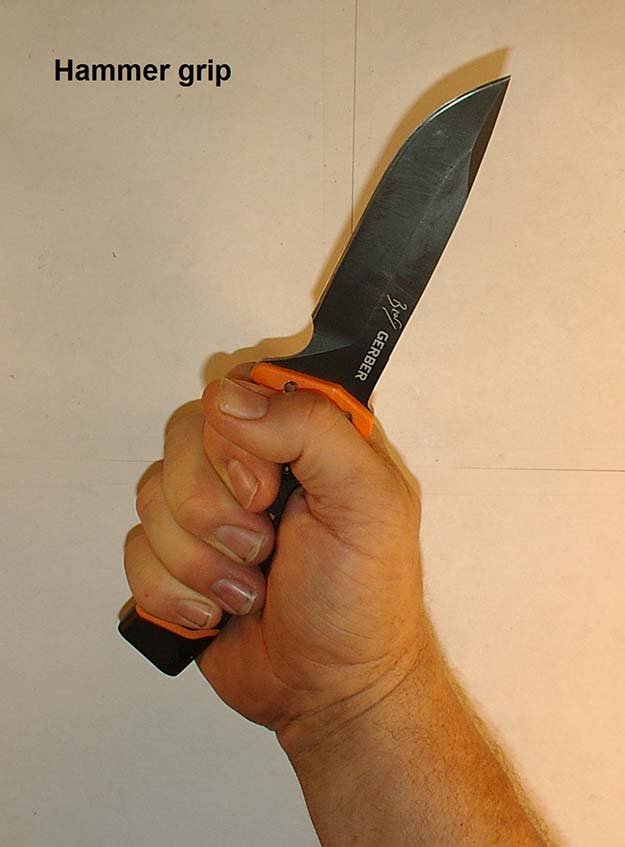
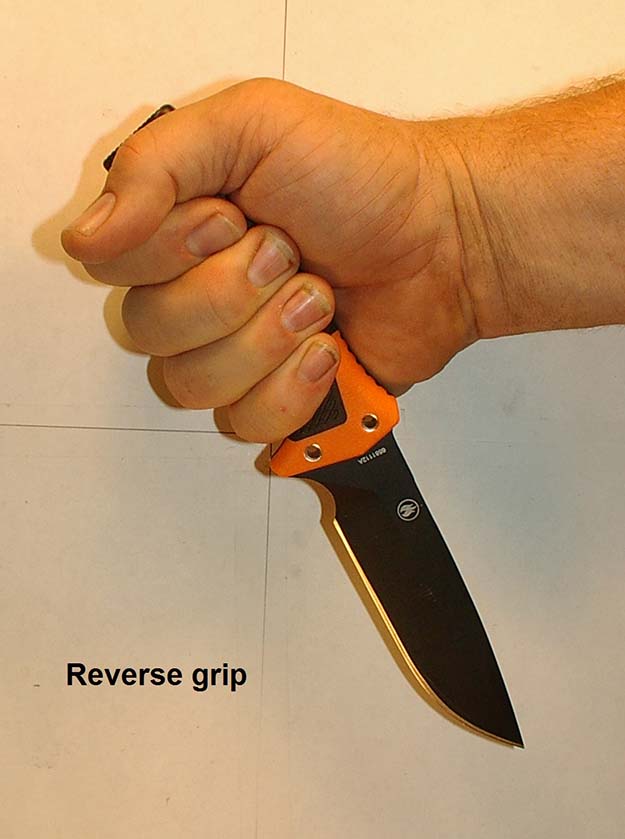
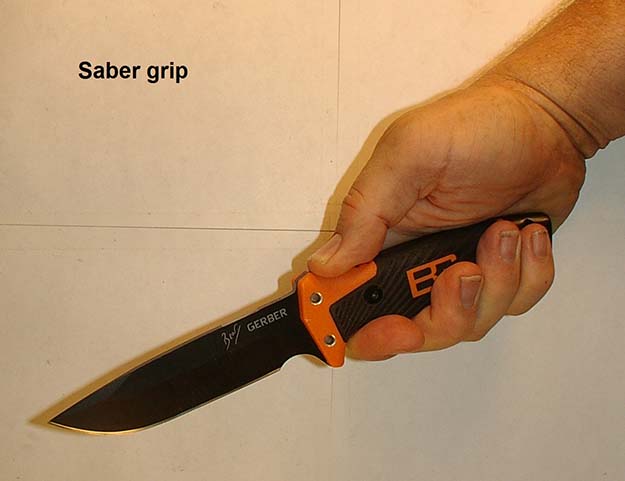
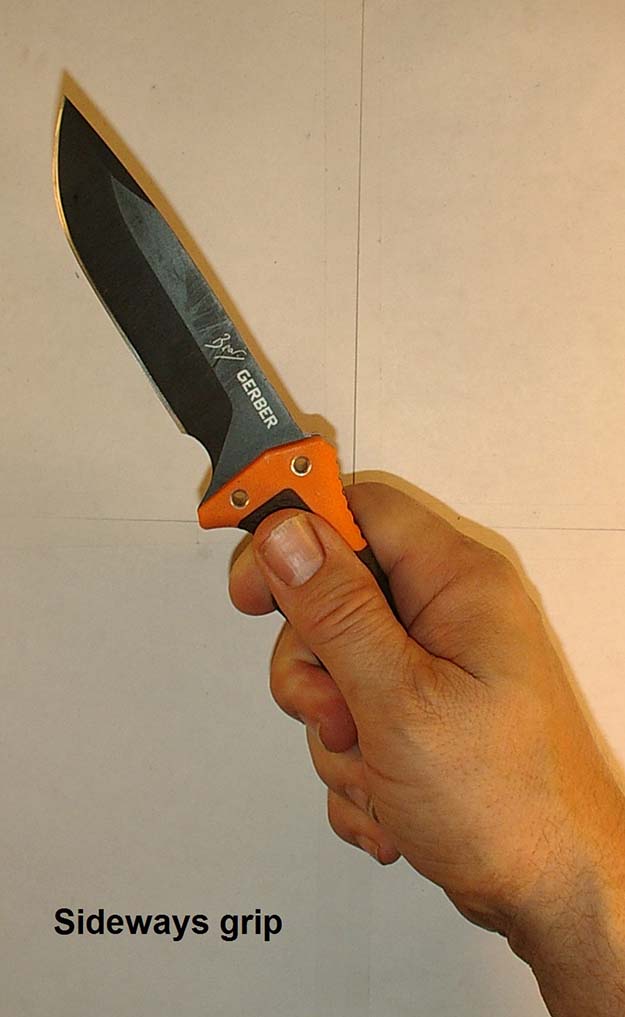
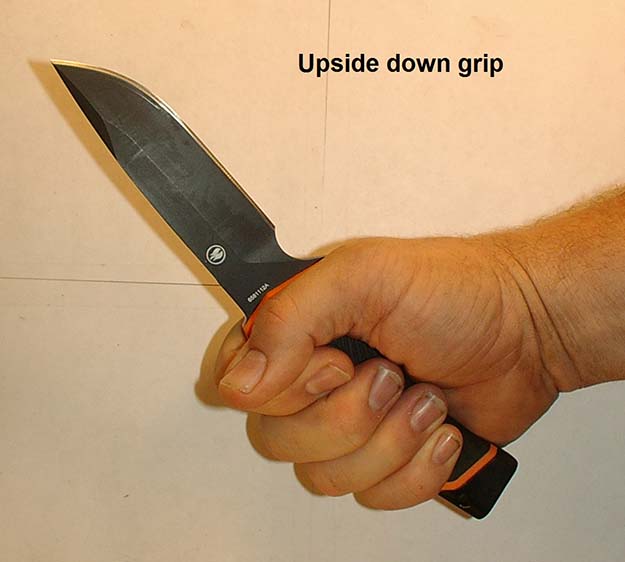
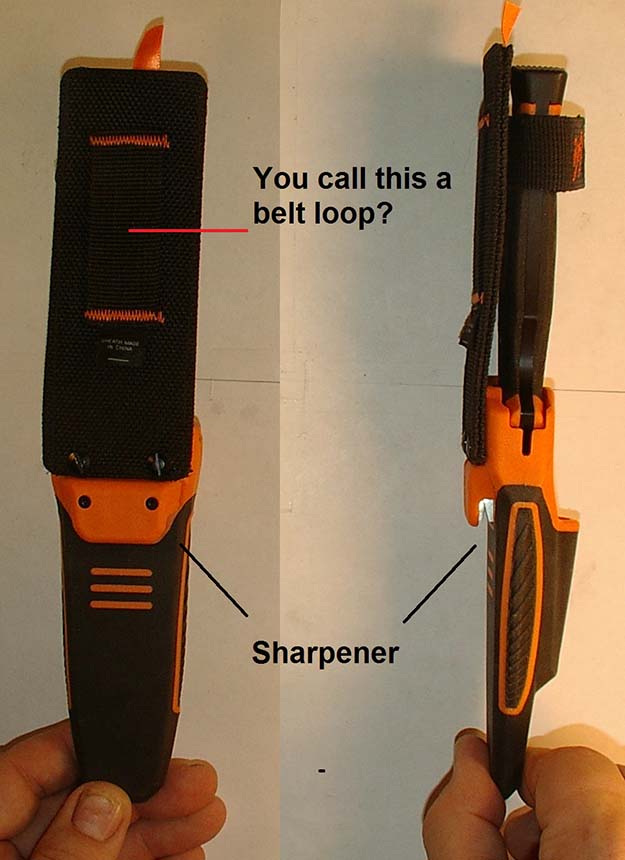
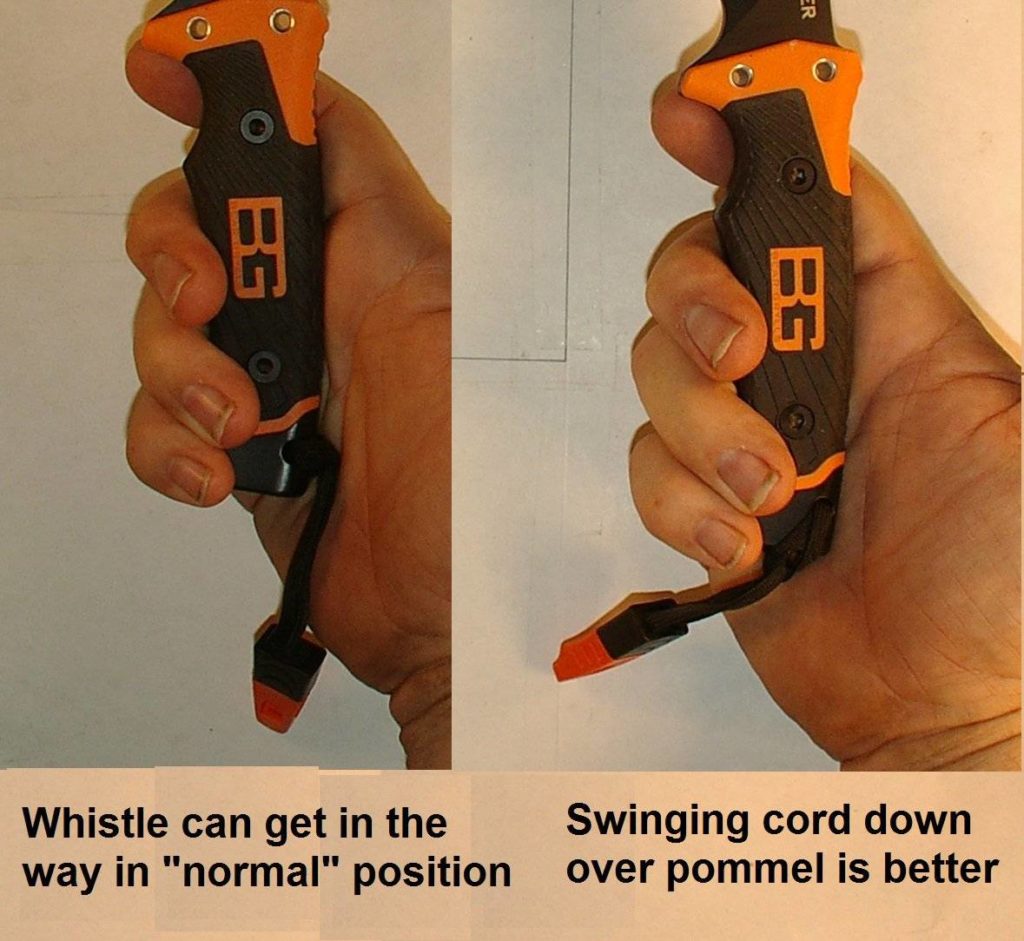
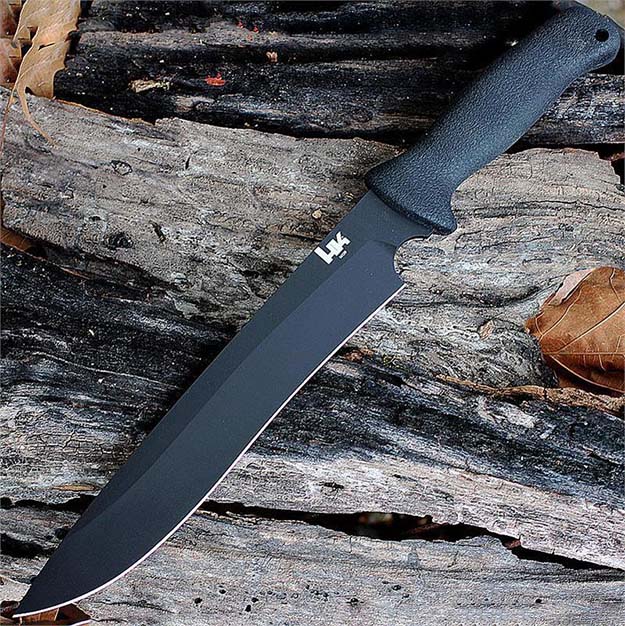
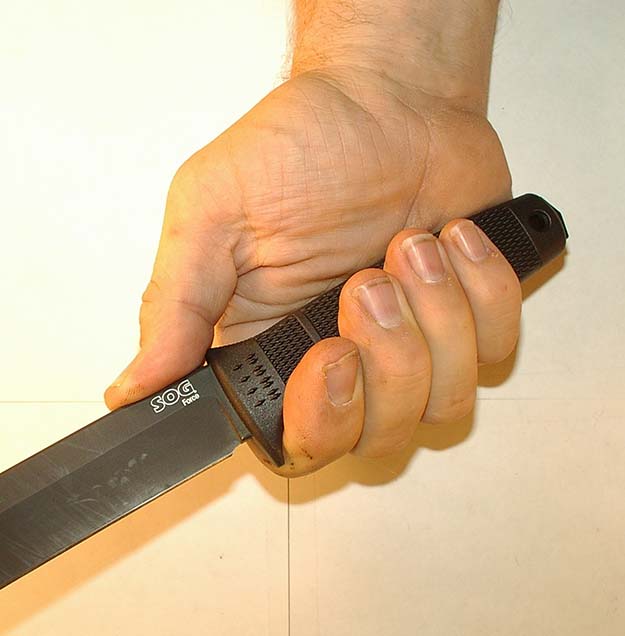
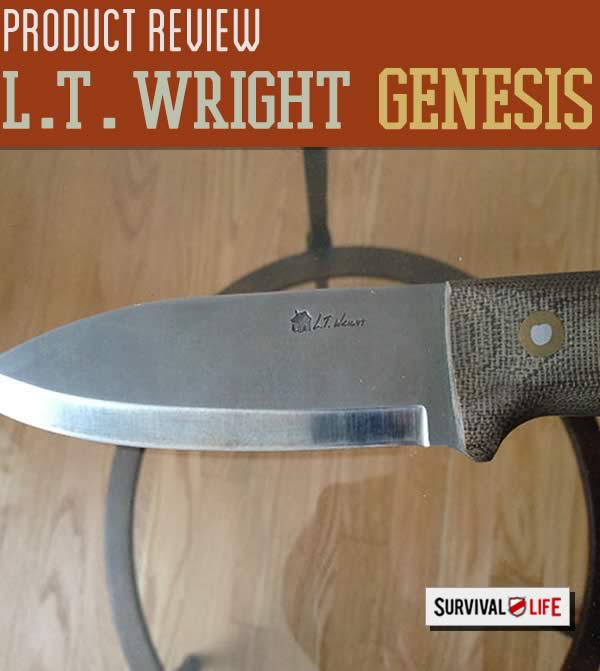
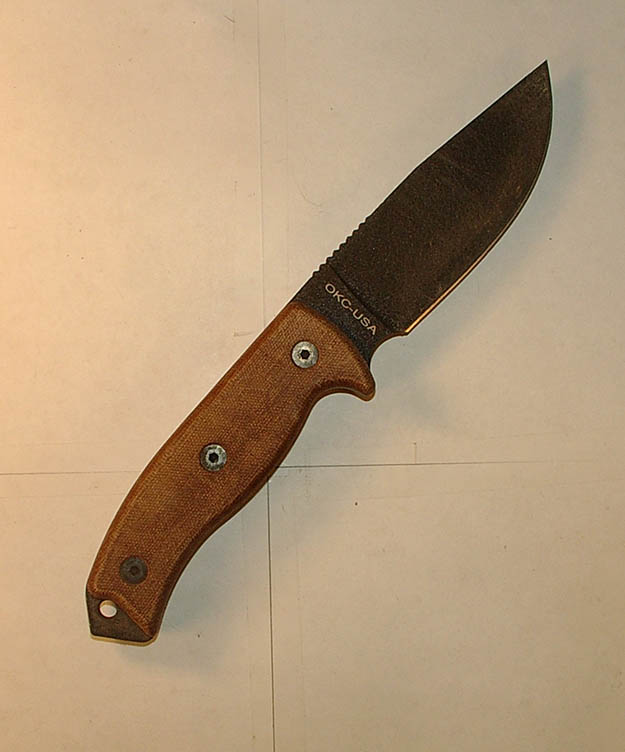
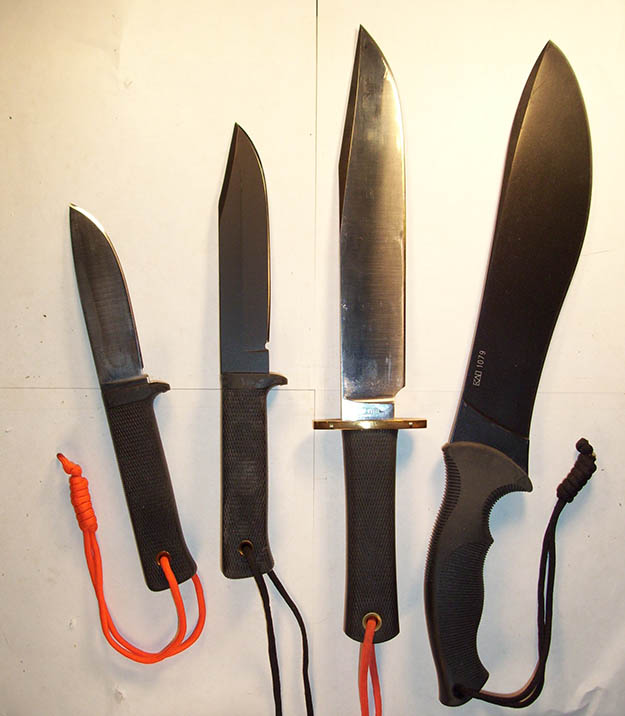
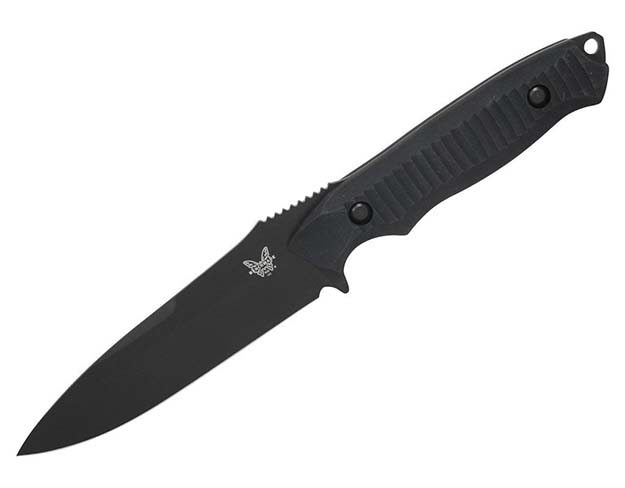

Pingback: Gerber Gator Jr Has Teeth | Survival Life
Pingback: Gerber Shard: A broken piece of a better tool? | Survival Life
Pingback: 23 Best Survival Knife Brands You Can Trust | Survival Life
Pingback: 23 Best Survival Knife Brands You Can Trust
Pingback: 23 Best Survival Knife Brands You Can Trust - Survive!
Pingback: 23 Best Survival Knife Brands You Can Trust – survivalgear
James Dory
October 21, 2018 at 4:21 AM
Yes, I am definately agree the Choke Grip is a failure function. It’s unnecessary design. I think Gerber gonna remove it in next version of Bear Grylls Knifes.
I still need a small part of serration in this knife. You know serration is useful for cutting something harder the ropes, sticks. I dunt know why there are much people dislike the serration. I do need the serration in some mission that have to deal with metal things.